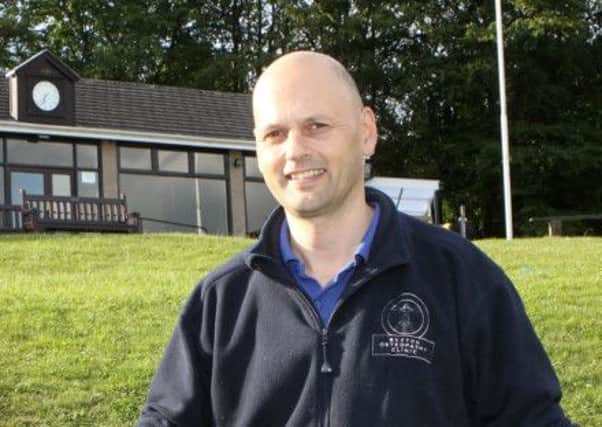GET ACTIVE COLUMN: How to avoid tennis elbow


Tennis elbow is correctly termed lateral epicondylitis.
The lateral epicondyle is a small bony bump on the outside of your forearm and this is where the tendon (a common tendon to all the wrist extensors muscles) responsible for bending and locking your wrist into a backwards position (wrist extension) inserts.
Bending and locking the wrist is typical when you grip something like a golf club or a tennis racket.
Advertisement
Hide AdAdvertisement
Hide AdIt is literally therefore an overuse injury and a repetitive activity will lead to small tears in the tendon where it inserts into periosteum (or surface) of the bone on the lateral epicondyle.
Activities also at home like DIY or gardening can precipitate an issue, as grip strength is required to operate most tools (it is no surprise that this condition is also frequent amongst builders and carpenters).
The resulting pain can become obvious even when undertaking the simplest of tasks such as turning a door handle or opening a jar.
Once recognised the best thing to do is refrain from or modify any activities that bring on pain as this will help reduce inflammation and allow the tendon to heal.
Advertisement
Hide AdAdvertisement
Hide AdAs with many injuries ice can be a good thing for pain relief, anti-inflammatories and painkillers can help (although advise should be sort to endorse appropriate use). We use soft tissue techniques and ultrasound or acupuncture to give pain relief.
We also administer basic stretching exercises and recommend a lateral epicondylitis strap to help relieve tension on the tendon.
For most people this is all that they will require and pain will last from anything up to twelve weeks.